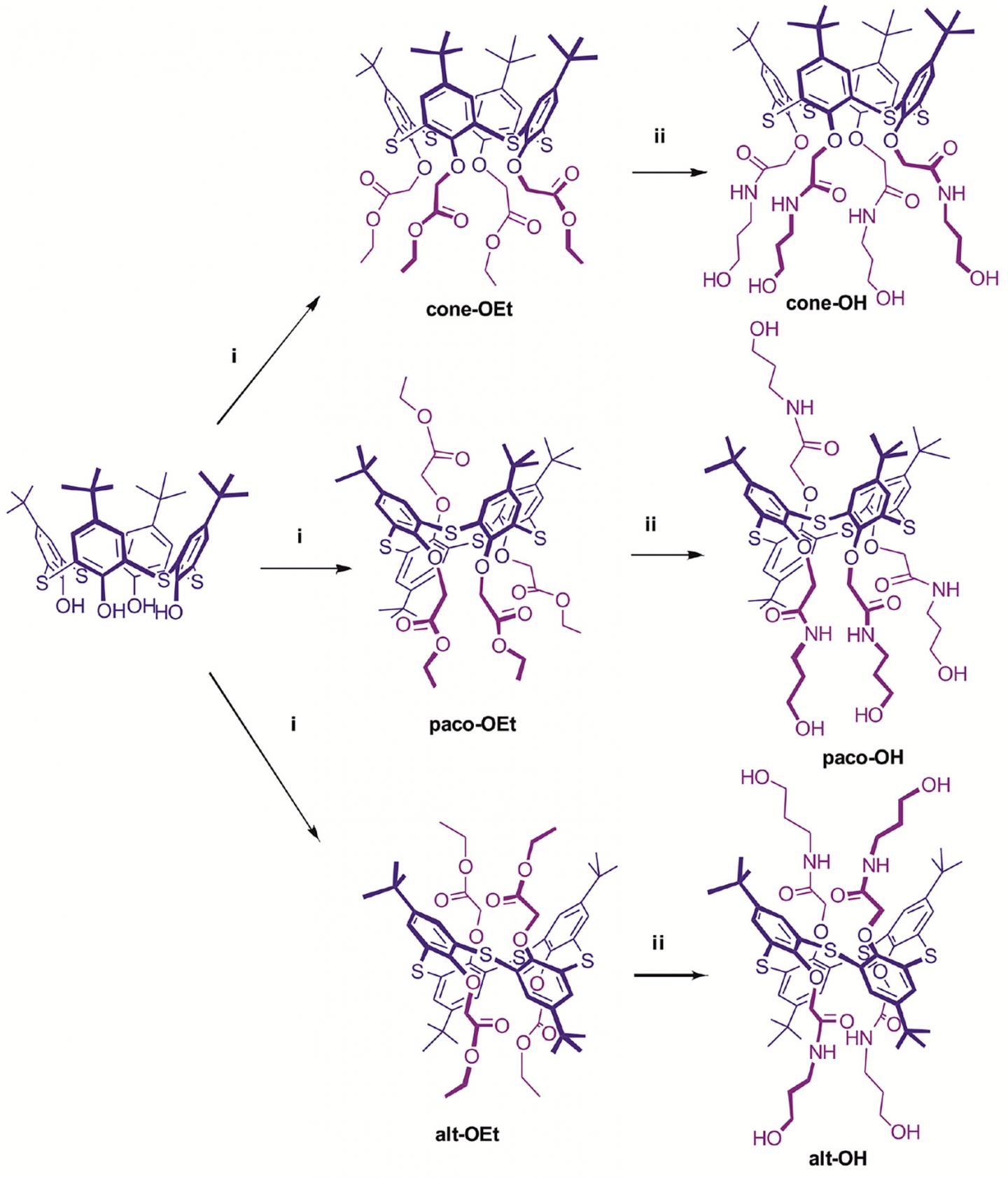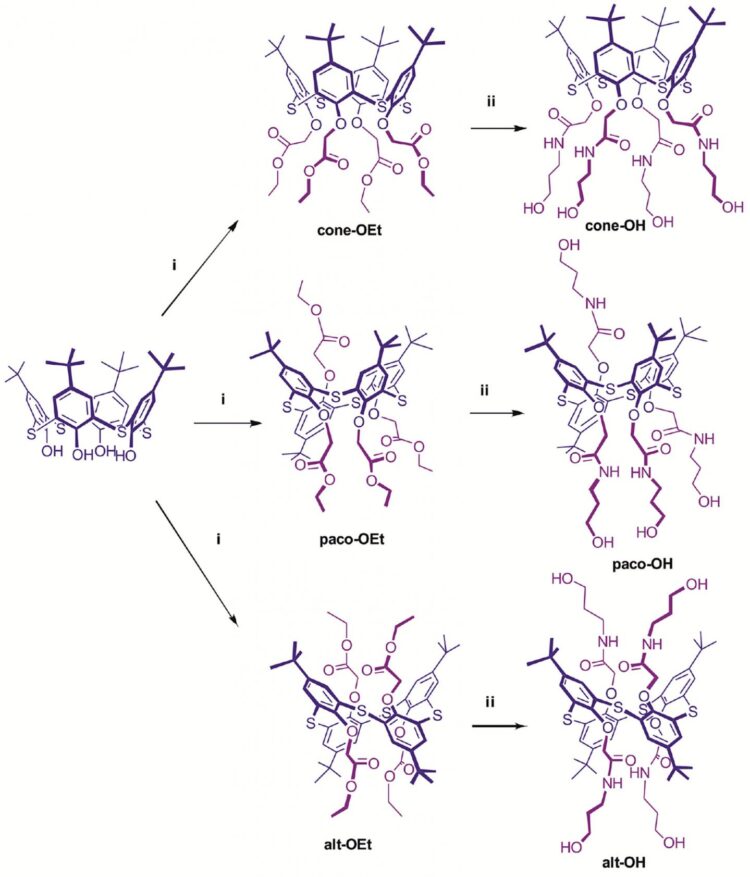A paper was published by Kazan Federal University’s Organic Compounds Lab in Reactive and Functional Polymers.

Credit: Kazan Federal University
One of the key objectives for contemporary chemistry is to improve thermomechanical properties of polymers, in particular, thermostability of bioplastics.
In this paper, the team concentrated on researching oligomer and polymer materials with macrocyclic compounds characterized by enhanced thermostability. “Such products have lower vitrification temperatures, which makes them more malleable in comparison with commercial polylactic acid,” says co-author, Research Associate Pavel Padnya.
Polycondensation products of lactic acid (poly- and oligolactides) are of great interest for targeted drug delivery and implant design. A width of the range of their applications is due to a number of practically important properties, such as biocompatibility and biodegradability, non-toxicity and mechanical strength.
“Modification of the obtained polymers with various additives can improve their properties and expand possible applications. One of the strategies to increase the stability of materials in biological media and to make drug loading possible is to obtain branched, or, as they are called, star-shaped polymers,” explains Padnya.
“We’ve been working on this topic for five years thanks to Russian Science Foundation’s funding. We have had some non-trivial results for biodegradable polymers,” adds team leader, Professor Ivan Stoikov.
In the course of the study, new functional star-shaped polymers of lactic acid were obtained. Researchers chose macrocyclic compounds, thiacalixarenes, as the “crosslinking units” of polymer chains. An important result of this work is that the dependence of the structure of the obtained oligo- and polymer products on the synthesis temperature and the nature of the solvents used, as well as on the spatial structures selected for the “crosslinking” of chains of macrocyclic compounds, was established.
This development can have a significant impact on the use of polymers in medicine: it turned out that the obtained compounds have an affinity for a certain type of xanthene dyes – a means for medical diagnostics and the study of biochemical processes in cells.
###
Media Contact
Yury Nurmeev
[email protected]
Original Source
https:/
Related Journal Article
http://dx.





